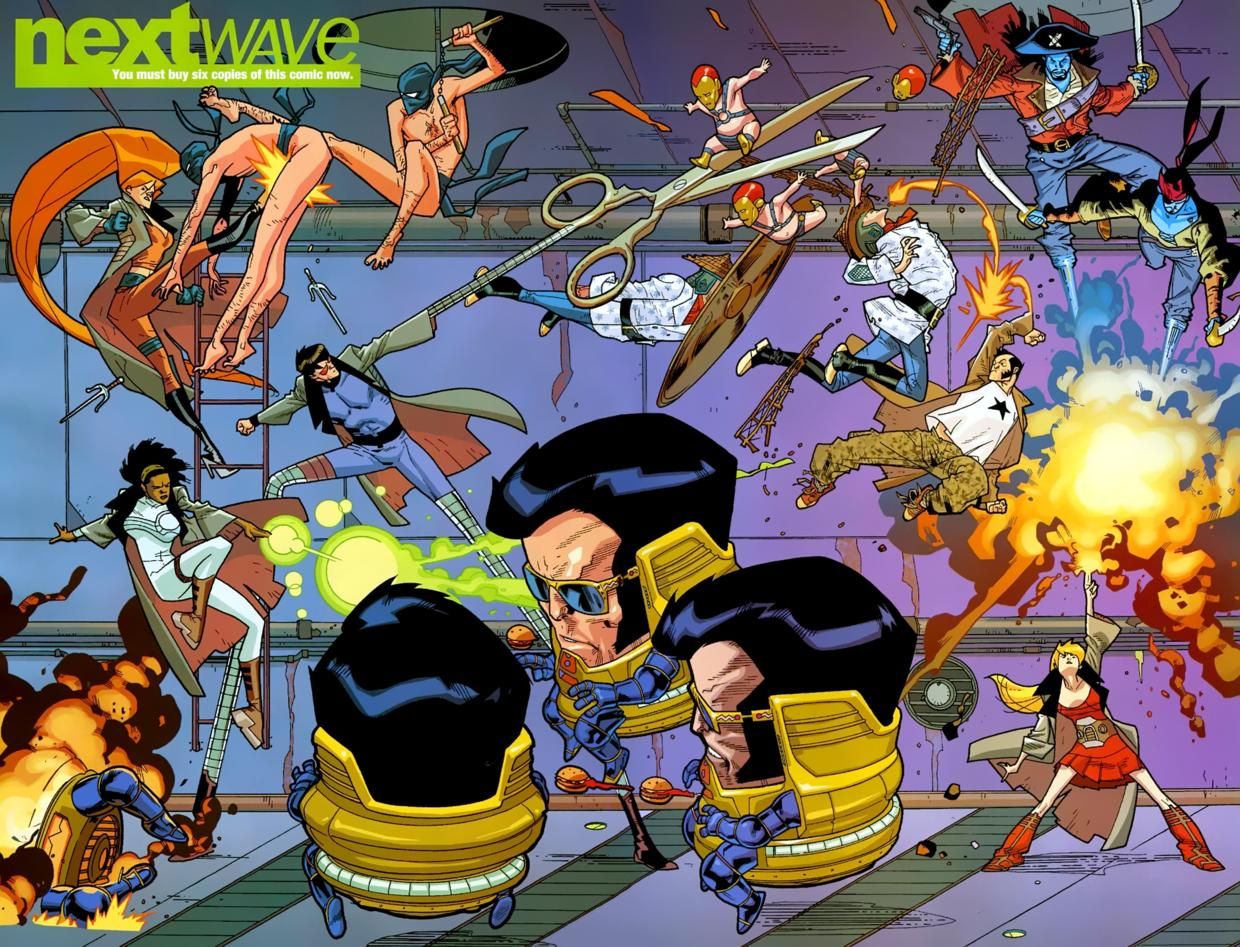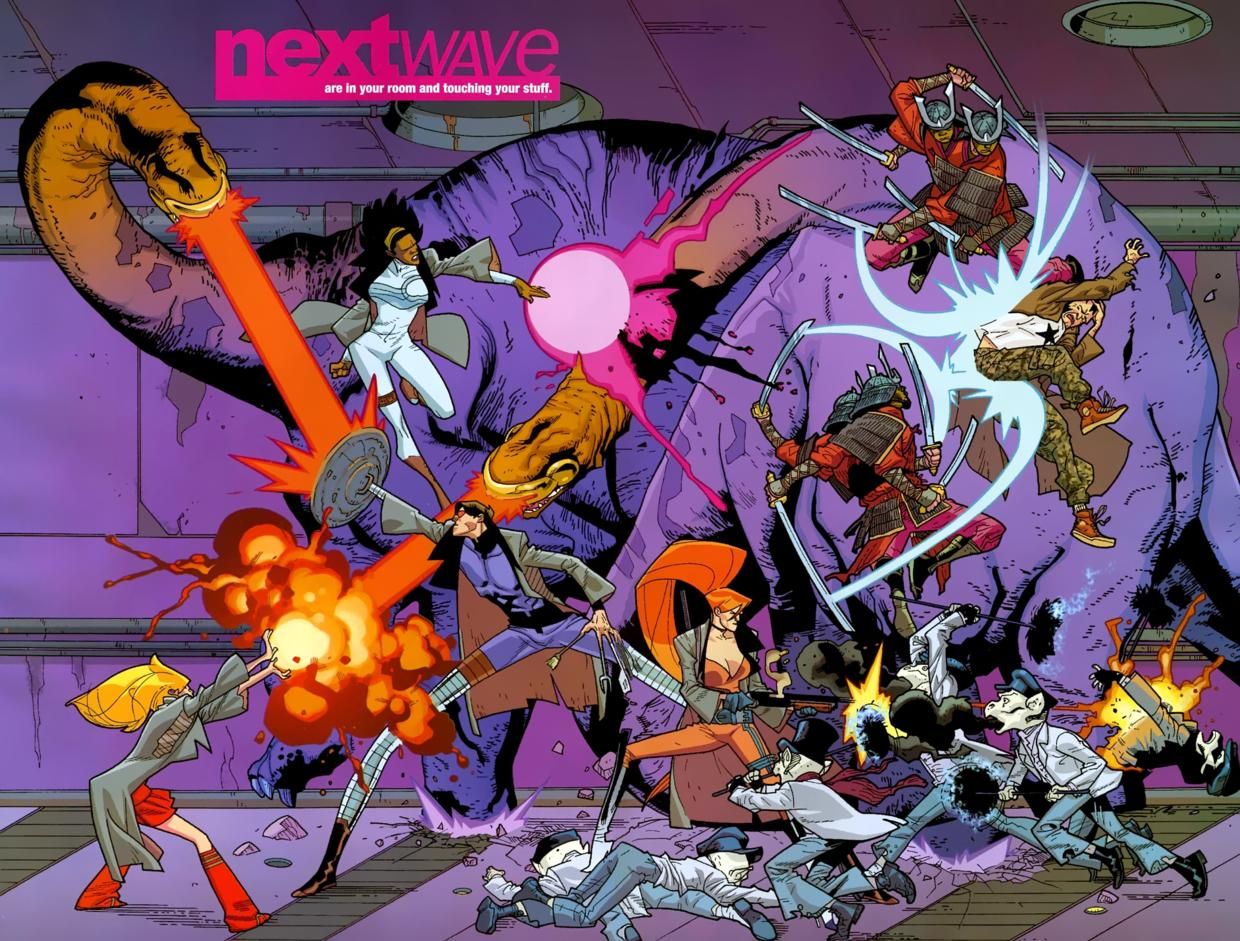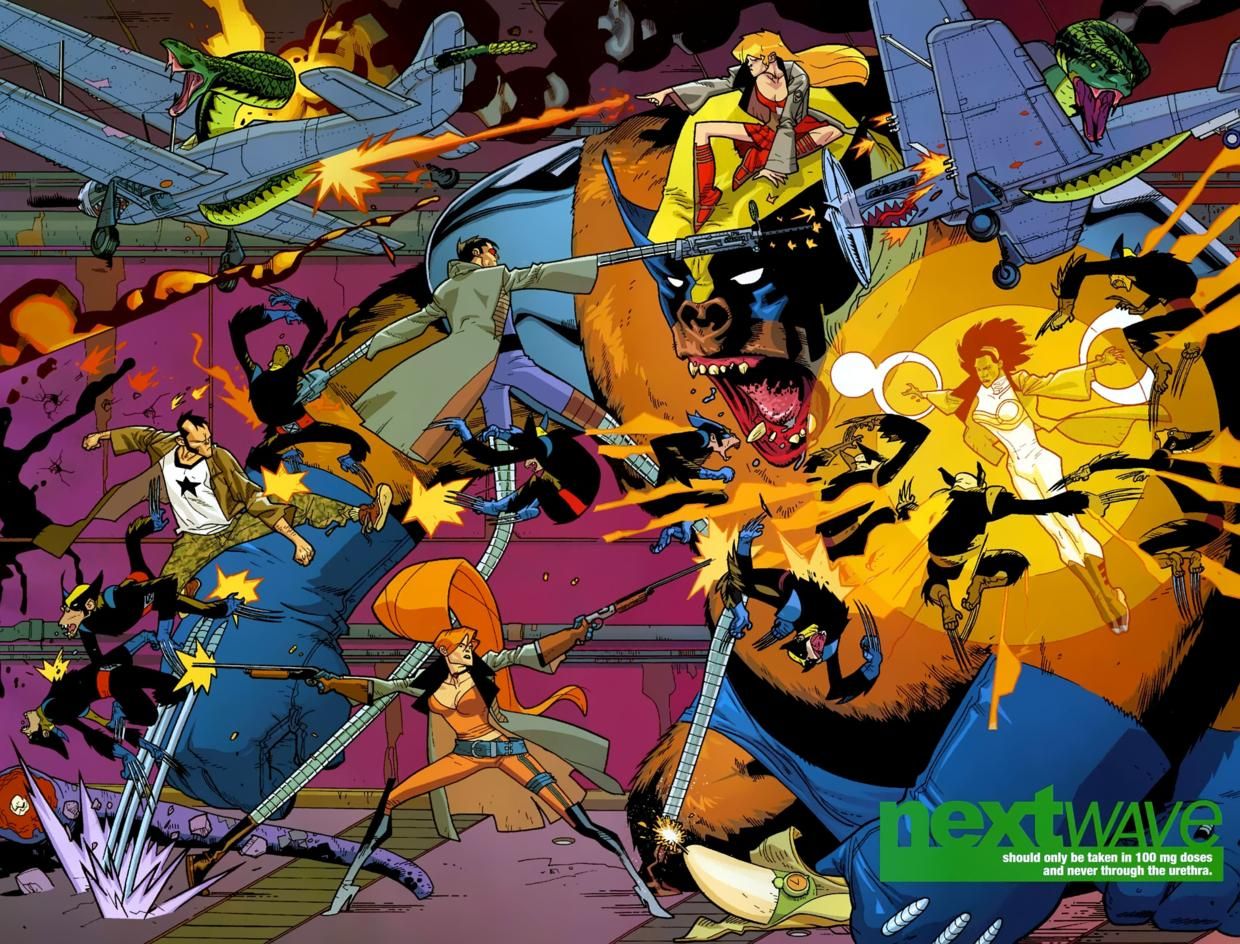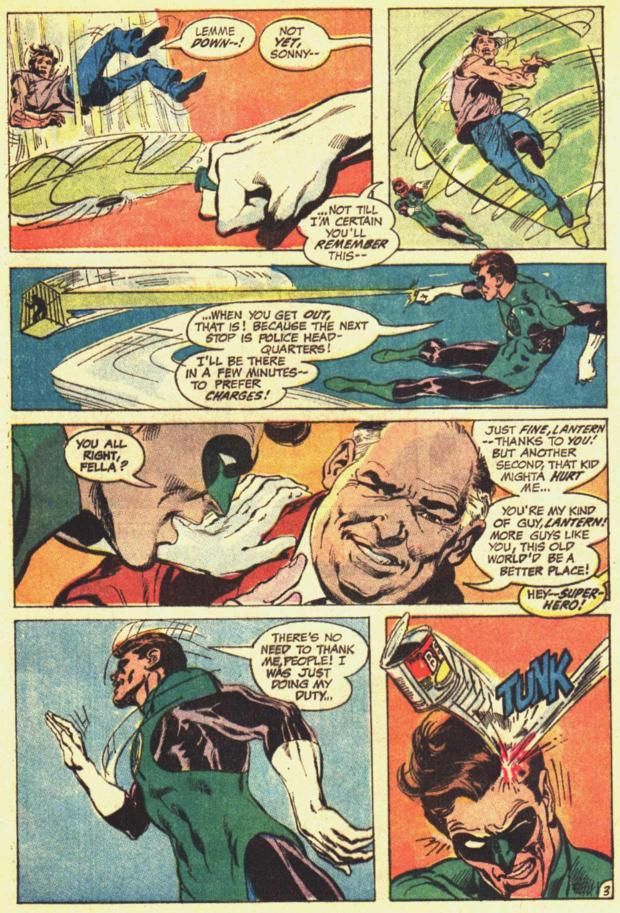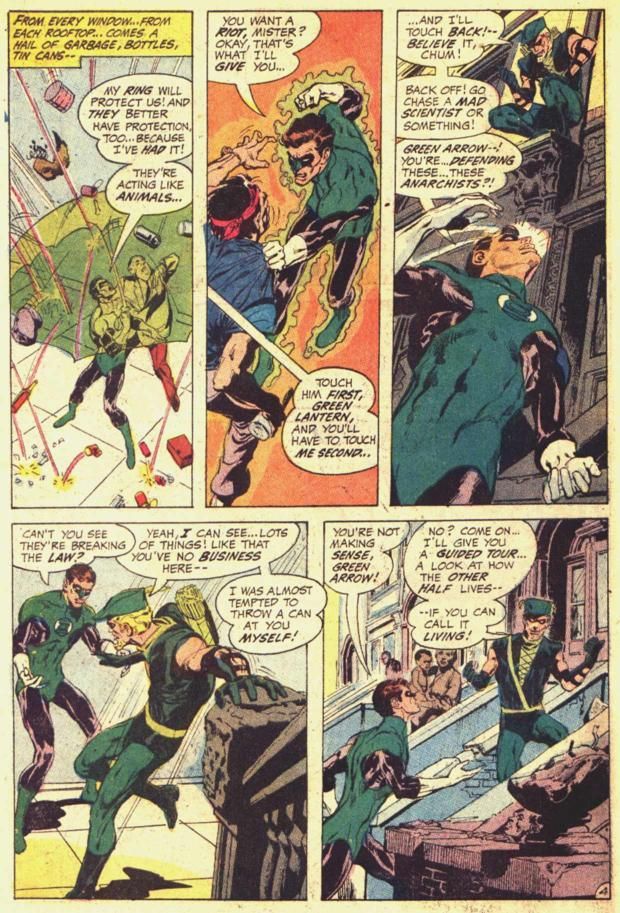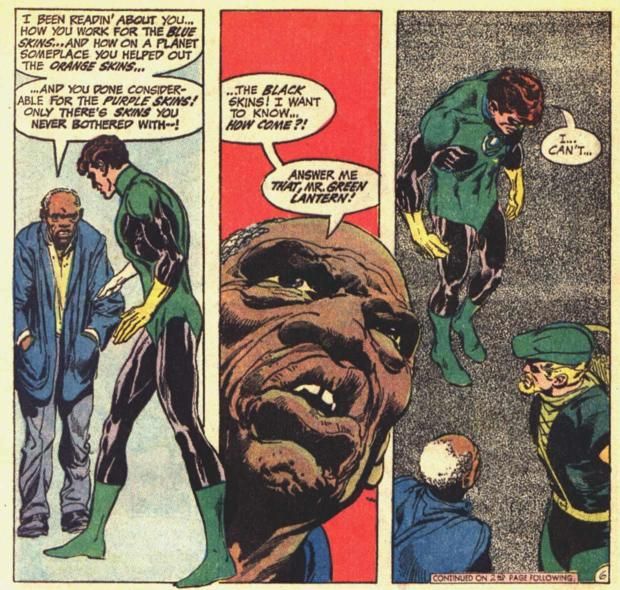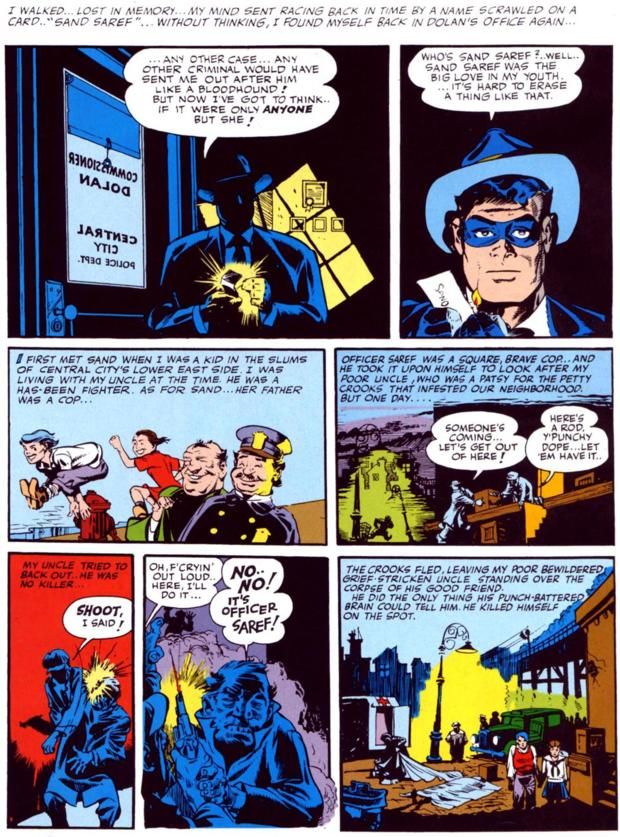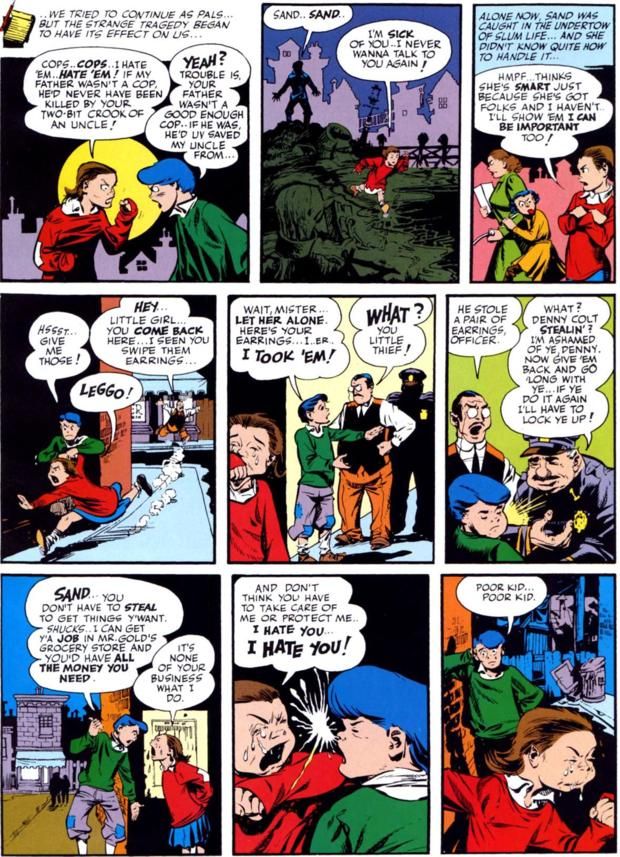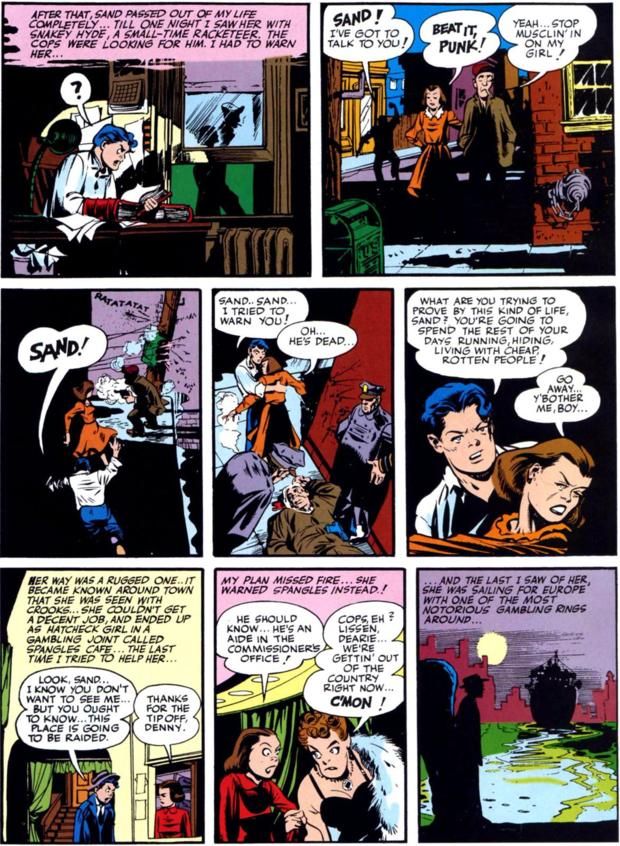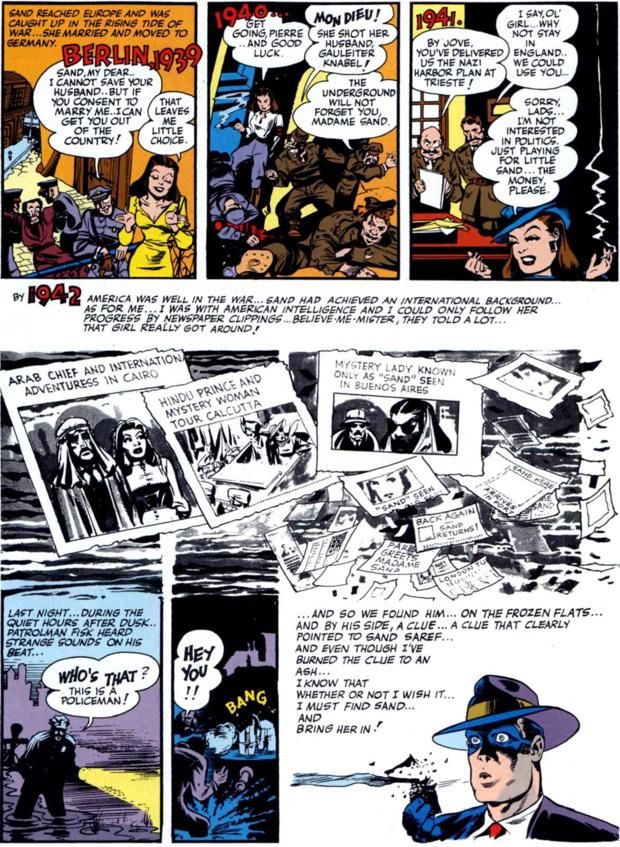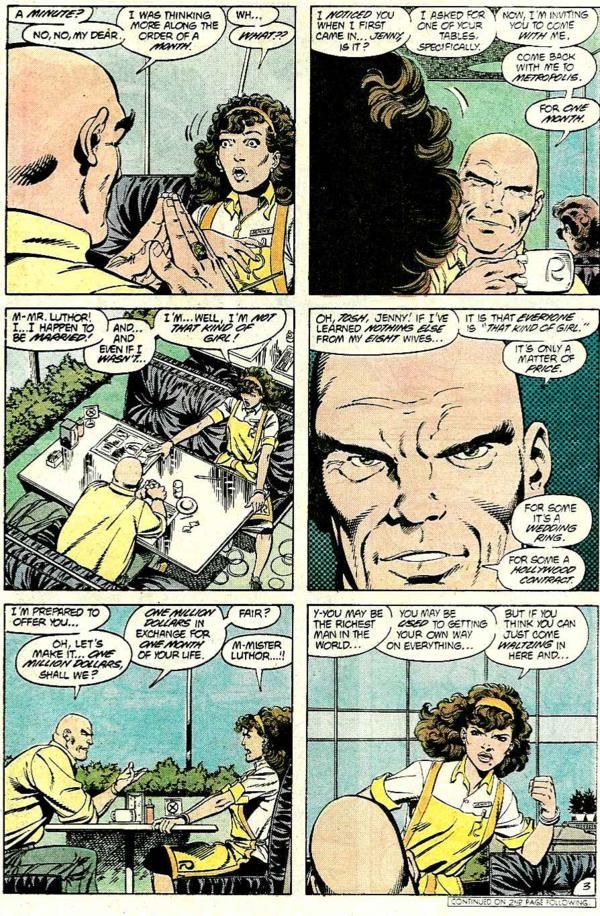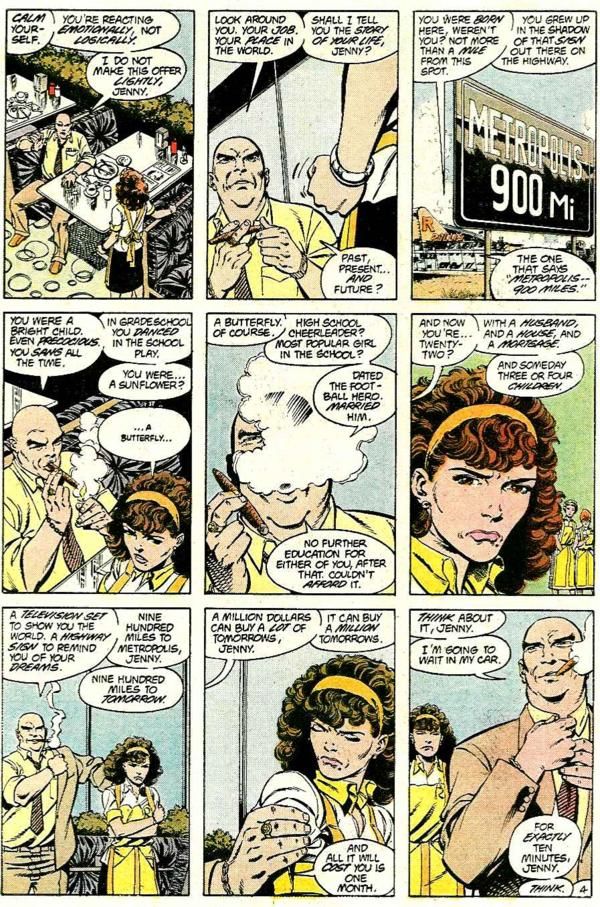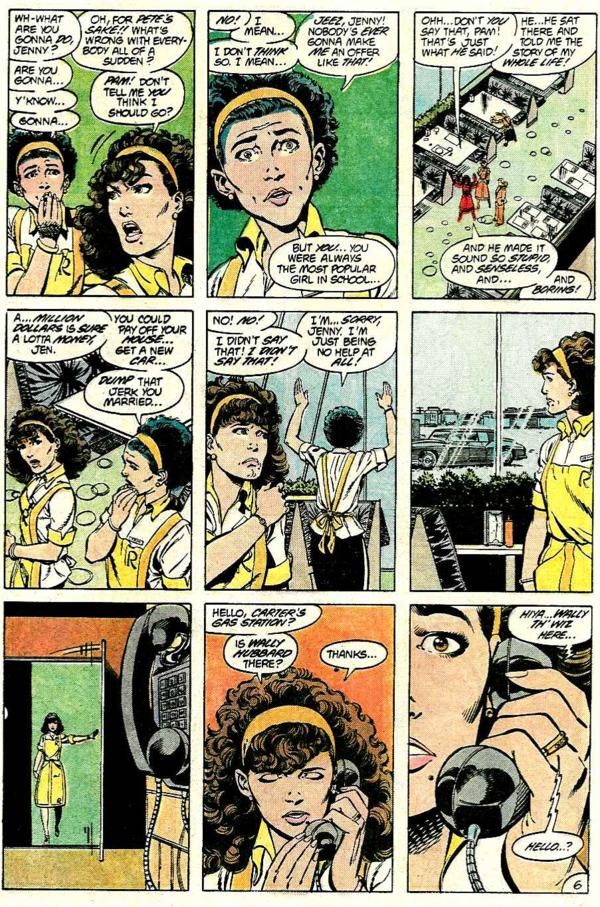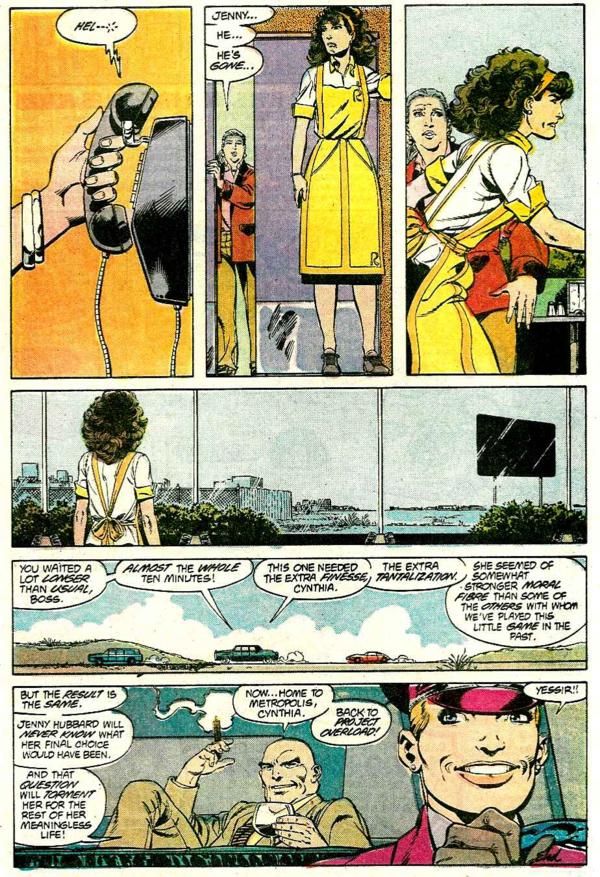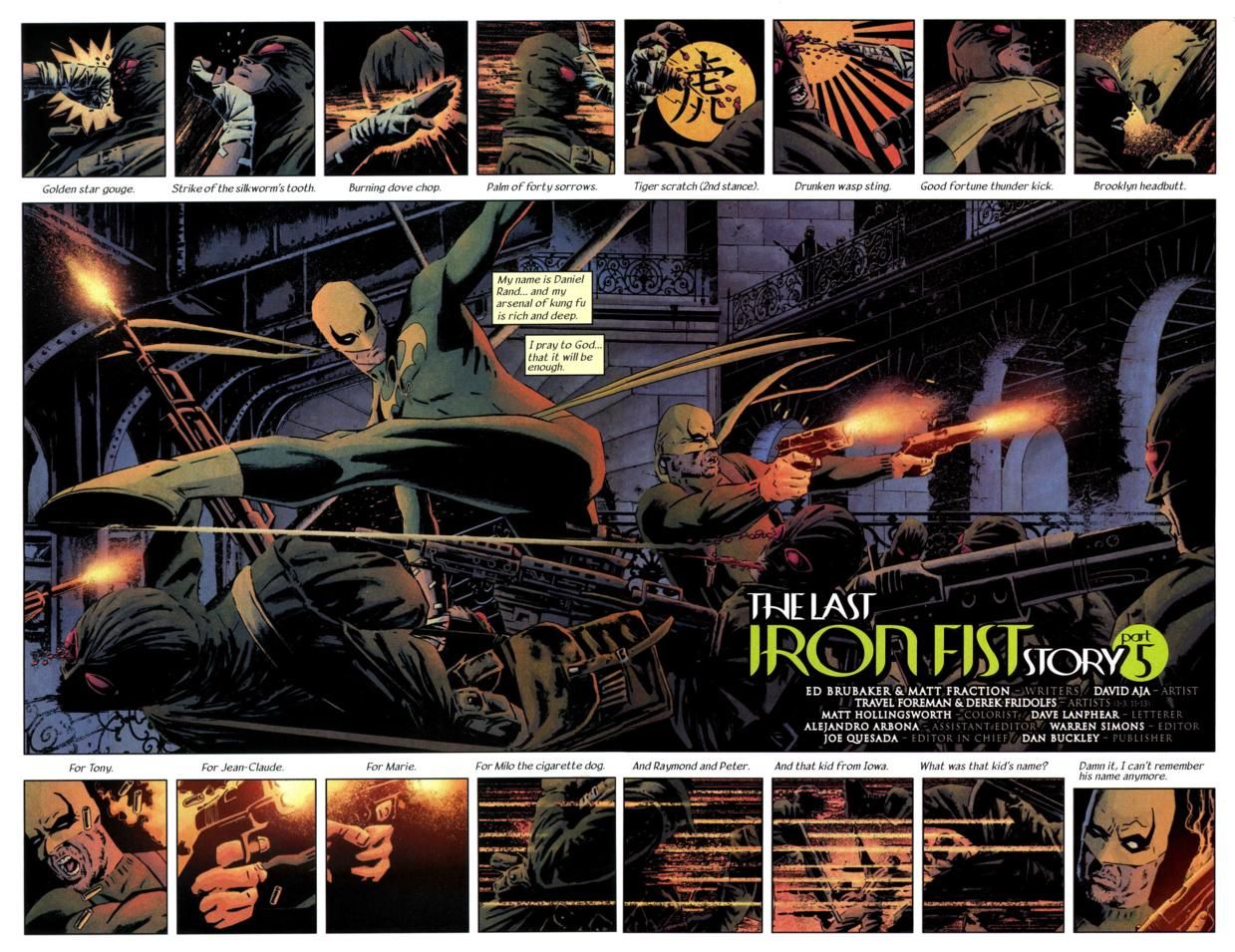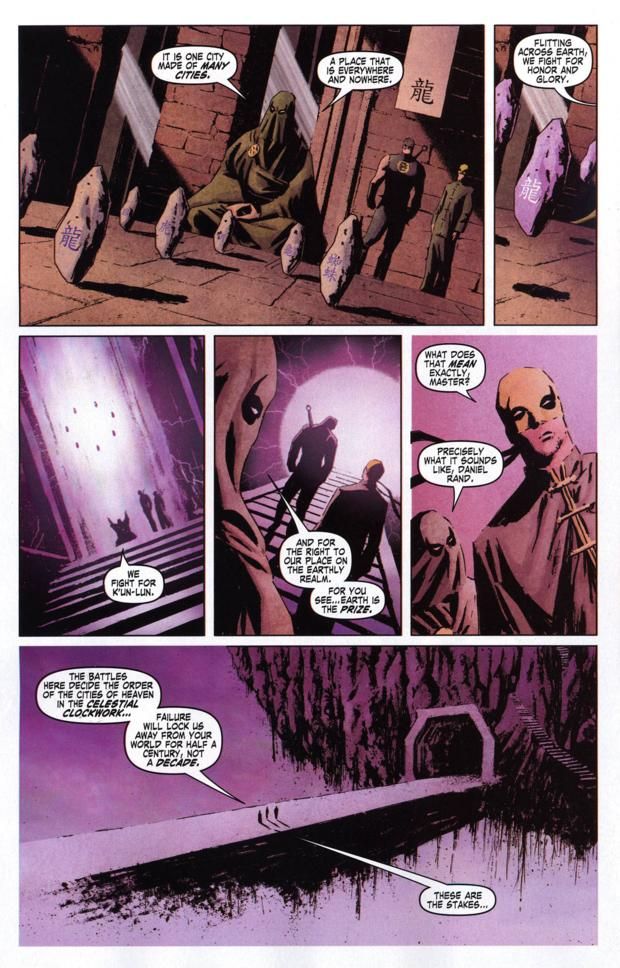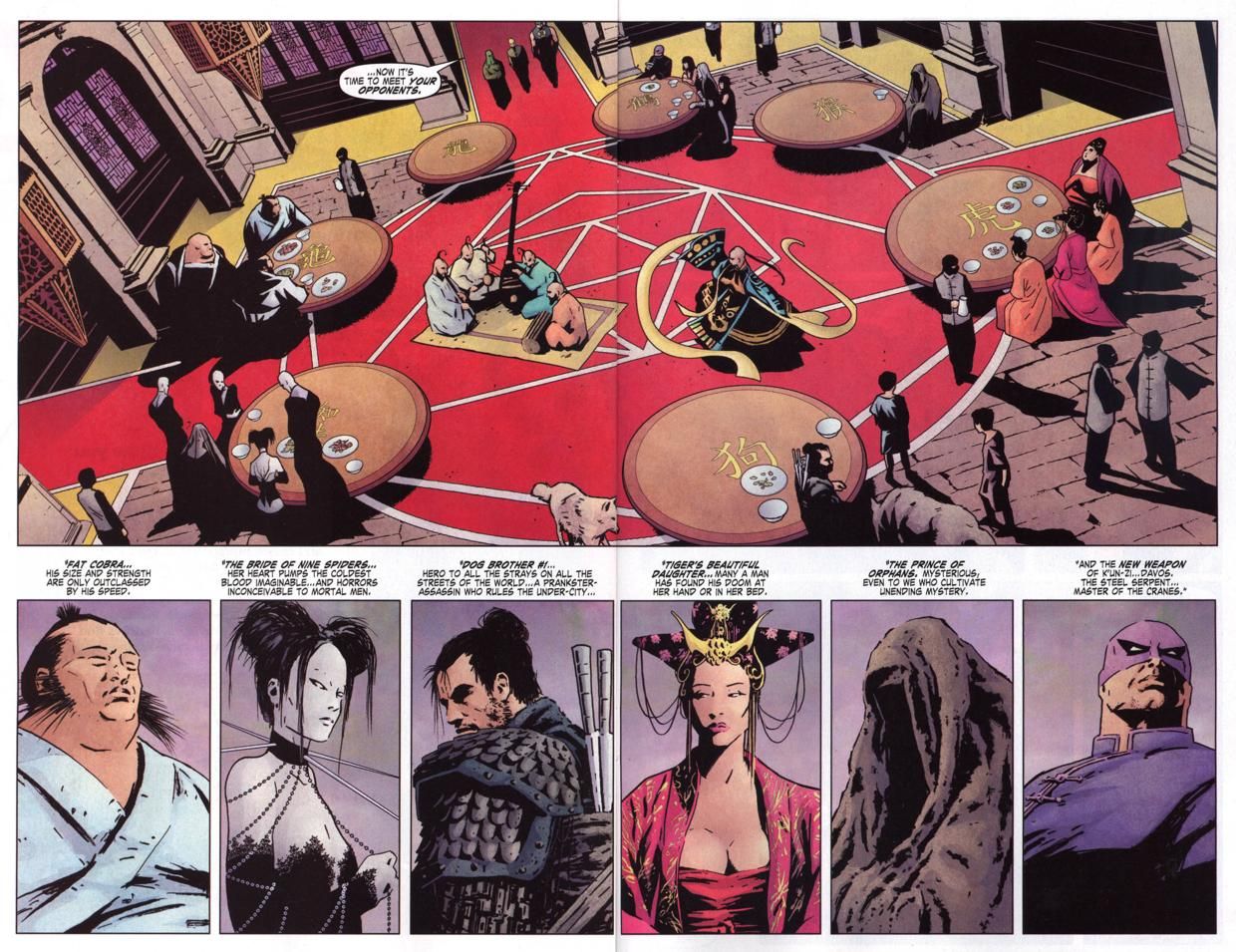You voted, now here are the results of your votes for your favorite comic book creator runs of all-time! We'll be revealing five runs a day for most of the month. Here is a master list of all of the runs revealed so far.
Here's the next five runs...
65. Warren Ellis and Stuart Immonen’s Nextwave – 128 points
Nextwave #1-12
Nextwave is ostensibly about a group of lesser known superheroes who find out that a Nick Fury knock-off is going around the country collecting Unusual Weapons of Mass Destruction that the heroes have to get to before he does.
And hilarity ensues.
Oh, does hilarity ensues.
With amazing artwork by Stuart Immonen and hilarious plots and dialogue by Warren Ellis, Nextwave was like riding a crazy roller coaster that you never want to get off of, although ultimately, you must, because hilarious action comics like Nextwave are rarely commercial successes, and the series ended after just 12 issues.
Ellis structured the series wonderfully, with the twelve issues consisting of six two-issue arcs.
One of the absolute hightlights was the battle in the penultimate issue where the team has to fight through a series of bad guys to get to the head bad guy. The series of bad guys are depicted in a series of double-page spreads where Ellis went insane with crazy ideas and Immonen was right there with him, matching his crazy ideas and actually depicting them beautifully. Here are three of them (My favorite villains are the Elvis MODOKs)...
Perhaps some day we will see Nextwave return!
64. Denny O’Neil and Neal Adams’ Green Lantern (co-starring Green Arrow) – 129 points
Green Lantern #76-87, 89, Flash #217-219 (as a backup story)
It's pretty much industry lore by now, about how Denny O'Neil and Neal Adams' classic run on Green Lantern/Green Arrow was critically acclaimed, but did not sell that well, but what's interesting is that, from a historical perspective, that probably helped us readers out a bit, as the relative poor sales resulted in the book remaining bi-monthly, which allowed Adams to hit his deadlines, which allowed Adams to draw the whole run, which likely would have been impossible if the book was popular enough to make the book a monthly title. See? Silver linings, people!! Silver linings!!
Justice League writer Denny O'Neil was inspired by the new costume Neal Adams gave Green Arrow in the pages of the Brave and the Bold, so O'Neil decided to give Green Arrow a new personality to match his new duds, having the archer lose his fortune and become socially conscious.
Figuring they landed on an interesting idea, O'Neil and Adams teamed up to add Green Arrow to the pages of Green Lantern's title, teaming the social conscious Green Arrow with the more conservative Green Lantern. This began in a dramatic sequence where Green Lantern saves a slumlord and is surprised by the reaction...
Ultimately, O'Neil sends the pair on a trip around America, where O'Neil and Adams were able to come up with a number of topical discussions (or, at least, more topical than a typical comic book of the day).
The comic was unlike anything else attempted at the time, and has been the basis for a number of stories ever since, especially the storyline where Green Arrow's sidekick Speedy is revealed to be using drugs.
As noted before, the book did not sell that well (by the by, an urban legend I've never been able to prove one way or the other is that the book DID sell well, but DC didn't realize it, or something like that - maybe the book's sales had boomed towards the end, but it was too late as the book had already been canceled? Something like that), and the stories ended up being backups in Flash for a time before ending period.
A few years later, O'Neil picked the series up again, with artist Mike Grell, but this time the stories were standard superhero stuff.
63. Will Eisner's The Spirit – 131 points (2 first place votes)
The Spirit Newspaper Strips 1940-1942, 1945-1950
The Spirit was an example of the comic strip business trying to cash in on the comic book business, and Will Eisner provided them with their way in, with his Spirit, which was a seven-page comic book that came as part of the comic book funnies section of the paper for over a decade (although Eisner did not work on the strip the whole time).
The Spirit was Denny Colt, a private investigator who was thought murdered, but was actually just in a state of suspended animation. Now thought dead, Colt put on a domino mask and fought crime as The Spirit!
During his run on the Spirit, Eisner developed many techniques that would become commonplace in comics of the future, most notably his stylistic double-page spreads, but also his more adult-themed sense of storytelling. Eventually each issue of the Spirit had Eisner work the title of the comic into the story in some way or fashion, often with amazing results.
The stories in the Spirit were mostly noir crime fiction, but Eisner experimented with all sorts of different stories, from horror to romance to comedy to mysteries.
When Eisner went into the Armed Services during World War II, a number of ghost-artists kept up the series for him. He returned to the strip after the war. In one of his most classic strips, he introduced the love of the Spirit's life, Sand Saref...
Eisner gave up the strip in 1950. Wally Wood drew the strip for the last year, and he got REALLY adventurous, with the story barely resembling Eisner's early work.
The Spirit may be the most influential comic book ever, in terms of artistic techniques.
All the Spirit stories have been collected into trades.
62. John Byrne's Superman – 134 points (3 first place votes)
Man of Steel #1-6, Superman Vol. 2 #1-22, Action Comics #584-600, Adventures of Superman #436-442, 444, The World of Krypton #1-4, The World of Metropolis #1-4, and The World of Smallville #1-4.
In a bold move for the time, DC hired popular comic creator, John Byrne, to reboot Superman in 1986.
Byrne made a number of changes (although, notably, he also did not change a LOT of the comic - there certainly were more similarities to Pre-Byrne Superman comics in Byrne's Superman than dissimilarities), including reducing Superman's power level to one closer to the 1940s Superman, making Clark Kent more of an important part of the book (including a revamped origin where Clark was more popular as a teen), eliminating Superman ever operating as Superboy (as Clark gained his powers in his late teens), making Superman the sole survivor of Krypton, making Krypton a cold, heartless planet and basically having all the various Superman villains be reintroduced by Byrne or Marv Wolfman (who began the reboot with Byrne, but soon Byrne took over writing his comic, as well).
Lex Luthor was re-envisioned as a ruthless businessman that the public thought of as a philanthropist (this take on Luthor was used in the Lois and Clark TV series). The Luthor change was one of the most notable aspect of Byrne's run, including this famous back-up scene from an early Superman issue...
Classic villainy.
The reboot was a smashing sales success, but Byrne presumably took some issue with some things DC apparently promised him, as he felt he was undercut by DC publicly as soon as he began the reboot, as though they were hedging their bets on the reboot publicly, so as to not offend the older fans (for instance, the Pre-Byrne Superman was still the one that DC licensed).
In either event, Byrne left the book after about two years, although he left with incoming writer, Roger Stern (who, along with Jerry Ordway, took over Byrne's books), a fairly detailed storyline that took the books to about the three year mark.
61. Ed Brubaker, Matt Fraction and David Aja's Immortal Iron Fist – 143 points
The Immortal Iron Fist #1-16, The Immortal Iron Fist Annual #1, Immortal Iron Fist: Orson Randall and the Green Mist of Death
The Immortal Iron Fist was a wild ride by Fraction and Brubaker that turned the Iron Fist concept on its ear and introduced a number of new characters that still impact the Marvel Universe to this day.
Their run on the book split into basically two distinct but connected stories. In the first, Danny Rand meets Orson Randall, the previous Iron Fist, who became Iron Fist around World War I. He has been keeping a journal of sorts ever since and he wants to give the information to Danny. As you might imagine, the bad guys are trying to stop him...
The revelations in the first story, especially that K'un L'un is just one of SEVEN "heavenly cities," each with their own "Immortal Weapon" (like Iron Fist), lead to the second story, where Danny must compete in a tournament against these other champions.
The art on the series was handled cleverly. David Aja (who was amazing on the series - a wonderful mixture of noir and kung fu) obviously could not draw the whole series, so instead he drew PART of almost every issue, with flashbacks drawn by different artists. Travel Foreman was the most common artist used, but legendary artists like John Severin and Russ Heath also popped up (they fit Randall's old school style quite well). Orson Randall was so cool that they even did a one-shot just telling some of his old adventures. These old adventures are having an impact upon Fraction's current Defenders run.
Immortal Iron Fist was a fun, action packed series that never let up on the excitement. It was a roller coaster ride from start to finish and it really put Iron Fist back on the map as a major player in the Marvel Universe.
Matt Hollingsworth's colors were a major part of the series, as well, by the way.

